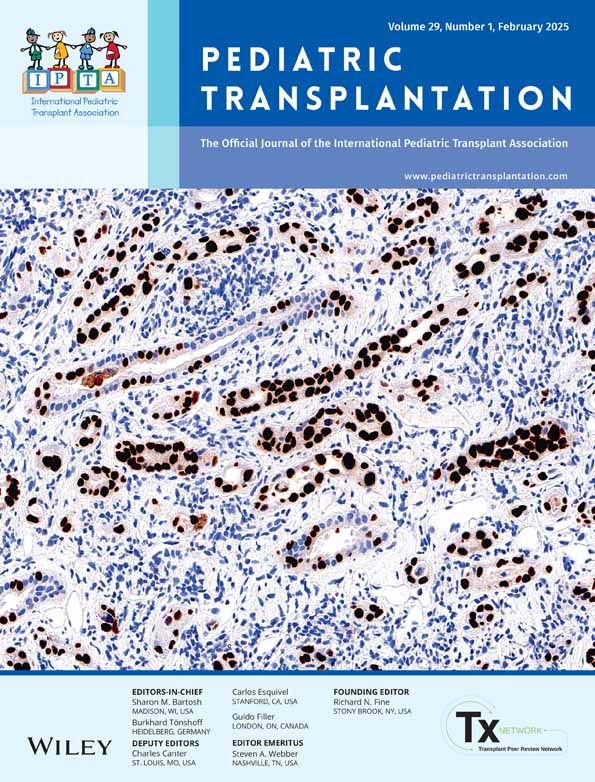Parental Living Donor Liver Transplantation as a Solution in Medical Treatment-Resistant Cystathionine-β-Synthase Deficiency: A Single-Center Case Series
Funding: This study was supported by Beijing Municipal Science & Technology Commission (No. Z211100002921026), Capital's Funds for Health Improvement and Research (No. 2024-1-2022), and Beijing Natural Science Foundation (No. 7244318).
ABSTRACT
Introduction
Cystathionine-β-synthase deficiency (CBSd) is an inherited metabolic liver disease causing morbidities in eyes, skeleton, brain, and vasculature. Despite its potential lethality due to thromboembolism and liver failure, sole diagnosis of CBSd seemed not to fulfill the enlistment criteria for deceased donor liver transplantation in previous reports.
Methods
We retrospectively reviewed three cases of living donor liver transplantation (LDLT) for pediatric CBSd patients responding poorly to conservative treatment in Beijing Friendship Hospital, and a literature review was performed.
Results
Patients 1 and 3 received donated partial liver from heterozygous carrier parents, and Patient 2 received donated partial liver from a CBS-competent parent. Patient 2 developed portal thrombus 1 day after LDLT, which was resolved with surgical thrombectomy and reconstruction. Patients 1 and 3 had their resected liver donated to other patients with advanced liver cancer, and the domino grafts functioned well until the death due to tumor recurrence.
Conclusion
Parental LDLT, whether from carriers or not, is an appropriate alternative for CBSd patients resistant to medical treatment. Risk of peri-operative thromboembolism might be higher in CBSd than in other LDLT cases, and explanted livers with CBSd could serve as domino grafts.
Conflicts of Interest
The authors declare no conflicts of interest.
Open Research
Data Availability Statement
The data that support the findings of this study are available on request from the corresponding author. The data are not publicly available due to privacy or ethical restrictions.




